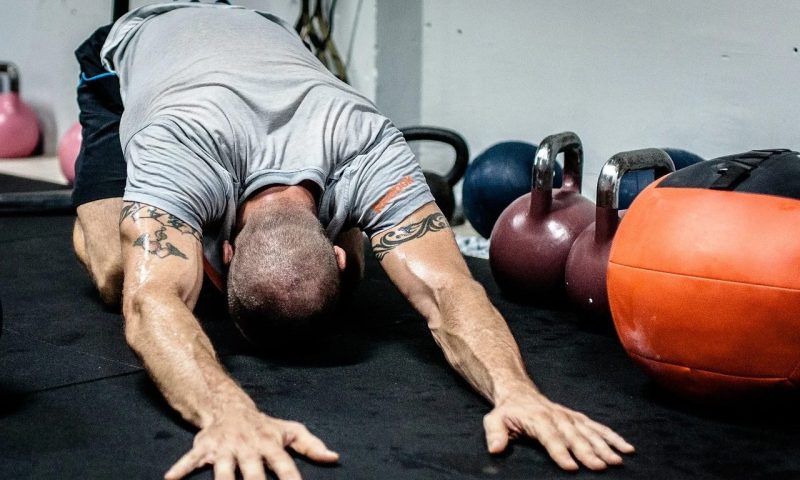Research shows stretching can help keep your muscles healthier and more flexible. Sometimes, we get a natural urge to stretch and move our muscles and limbs in certain ways because it just feels good and instinctual. Research from last year reveals that static stretching could actually help you build muscle. Fitness professionals and influencers often recommend stretching, but what about in-between sets? Recently, researchers wanted to understand if stretching between sets could also help you build more muscle. Let’s take a look at the new study.
The study

In the review published in the Frontiers in Sports and Active Living, the researchers set out to explore whether doing static stretches during the rest periods between lifting sets could increase muscle growth without extending the duration of the training session. Researchers looked at in vitro studies, animal studies, and human trials.
The results

The researchers reported the following results:
- Animal studies showed that stretching muscles under tension results in hypertrophy or an increase in muscle size.
- Human studies yielded mixed results. Longer durations of prolonged stretches could be promising for boosting muscle growth.
- One study showed significant enhancements in muscle thickness in upper and lower limbs with 30-second stretches between sets.
- Another study showed that when participants added stretching in between doing sets of calf raises, the thickness of the calf muscles increased.
- Interestingly, one study revealed that stretching between sets didn’t make a difference for the gastrocnemius calf muscle, which has mixed fibers, but inter-set stretching did improve the thickness of the soleus calf muscle, which has type I fibers.
Inter-set stretching could be a good strategy to enhance skeletal muscle adaptations. The researchers noted that inter-set stretching seems to be most effective if performed immediately following the final repetition of a set.
The takeaway

In another study published in the European Journal of Applied Physiology, the researchers compared strength resistance training to a stretching protocol and revealed that the participants who performed the lifting routine and the participants who completed the stretching protocol built the same muscle thickness. The power of stretching is becoming more evident, and stretching between sets could help you grow those muscles and achieve your fitness goals. That being said, some evidence suggests that static stretching before lifting could be counterproductive, so you might want to stick to stretching between sets instead.
More research is needed on the best times to stretch when lifting compared to other types of exercise. So far, we’ve learned that holding stretches for at least 20-30 seconds and stretching immediately after the final eccentric phase of a set is optimal. Slow-twitch type I dominant muscles like the soleus muscle might show more significant benefits.




